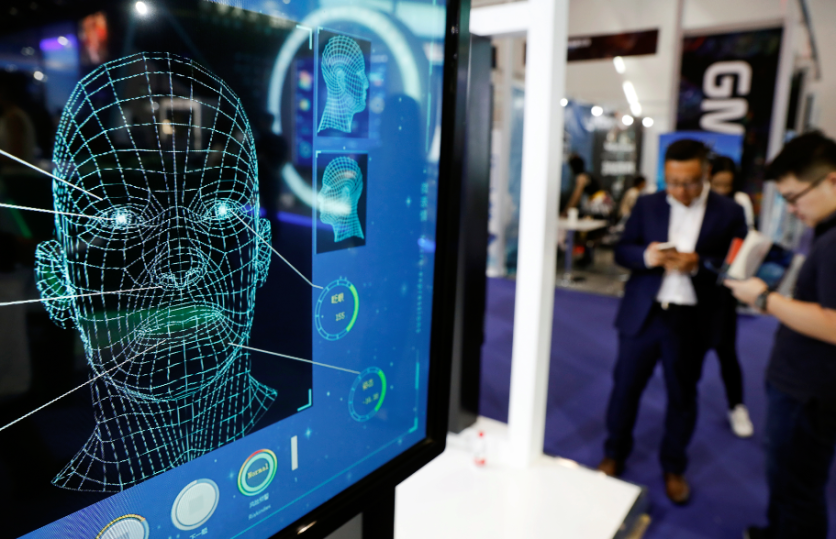The growing interest in artificial intelligence or better known as AI, has grown even stronger over the years as computers have become even more powerful. Scientists have been able to develop AI technology that mimics the function of the human brain itself!

The recent invention of a nanoscale device
A paper was published in the Nature Nanotechnology of Mar. 23, announced the invention of a nanoscale device--it was based on a very unique material platform which can, later on, achieve optimal digital in-memory computing while also being very energy efficient. The report was given by researchers from the NUS Nanoscience as well as the Nanotechnology Initiative or better known as the NUSNNI.
Read Also : Scientists Have Found Superconductors Inside One of Earth's Biggest Meteorites in Australia
This invention was found to be highly reproducible as well as durable, which is very much unlike the conventional organic electronic devices which people are used to.
Over about a decade, A.I. technology, along with its ability to learn has gained quite a significant pace in revolutionizing many industries. The world gathers data while the computer can sort it out, but unfortunately, we may be facing a future where there is no longer a capability of generating enough energy to supply our computational needs.
Scientists behind this technology
According to a leading Principal Investigator involved with this project who is from the National University or Singapore or NUS, Professor Thirumalai Venky Venkatesan, there are quite a lot of A.I. predictions to start an industrial revolution and that the current sustainability of the A.I. algorithms on massive database is not enough.
Venkatesan gave a statement saying that "It is clear that we will have to rethink our approaches to computation on all levels: materials, devices, and architecture." He, later on, explained that "Fundamentally, the devices we are demonstrating are a million times more power-efficient than what exists today,"
The invention is a brainchild of the Indian Association for Cultivation of Science in Kolkata, India's very own Professor Sreebrata Goswami and according to the Professor, "We have been working on this family of molecules of redox-active ligands over the last 40 years. Based on the success with one of our molecular systems in making a memory device that was reported in the journal Nature Materials in 2017, we decided to redesign our molecule with a new pincer ligand." The Professor explained that this strategy would allow them to engineer the molecule that can function similar to an electron sponge.
The future for A.I. technology
According to Dr. Sreetosh, "We believe we are only scratching the surface of what is possible with this class of materials."
Recently, the device was discovered to be able to drive to self-oscillation or even exhibit purely unstable, chaotic gems. These discoveries come closer to being able to replicate how the brain functions.
ⓒ 2025 TECHTIMES.com All rights reserved. Do not reproduce without permission.




